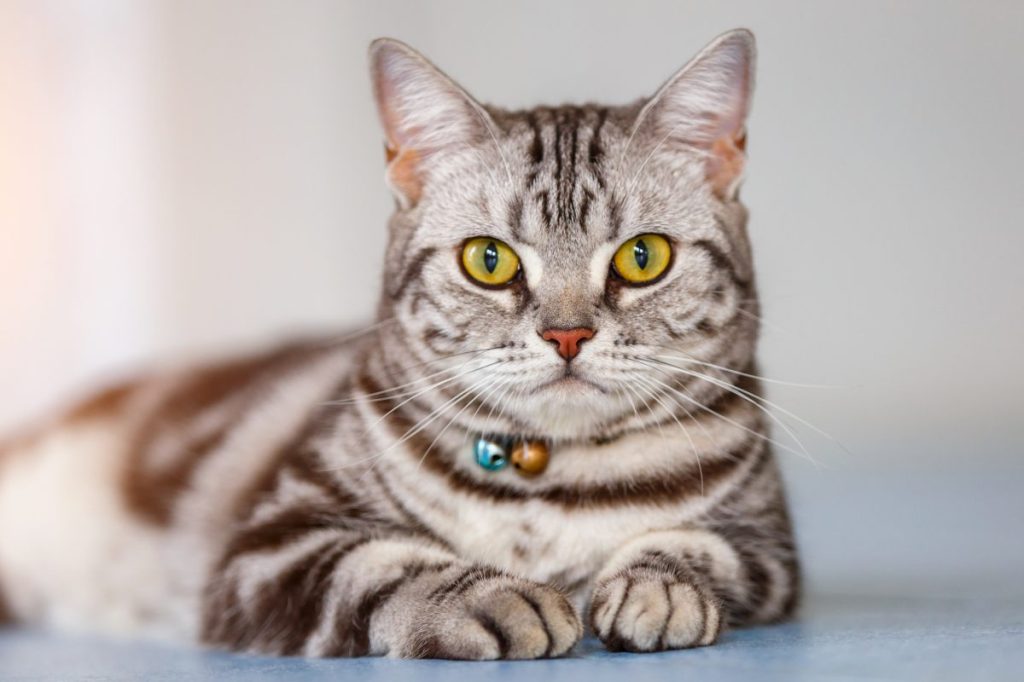The American Shorthair (ASH) cat is a versatile and widely popular breed recognized for their friendly demeanor, adaptable nature, and classic appearance. Originally descended from cats that sailed on ships with early European settlers, the breed evolved in the United States over the centuries. Known for their medium to large size, sturdy build, and short, dense coat, the American Shorthair is characterized by…

There comes a time when you have to stop being polite and start getting real, as the kitty in this…




